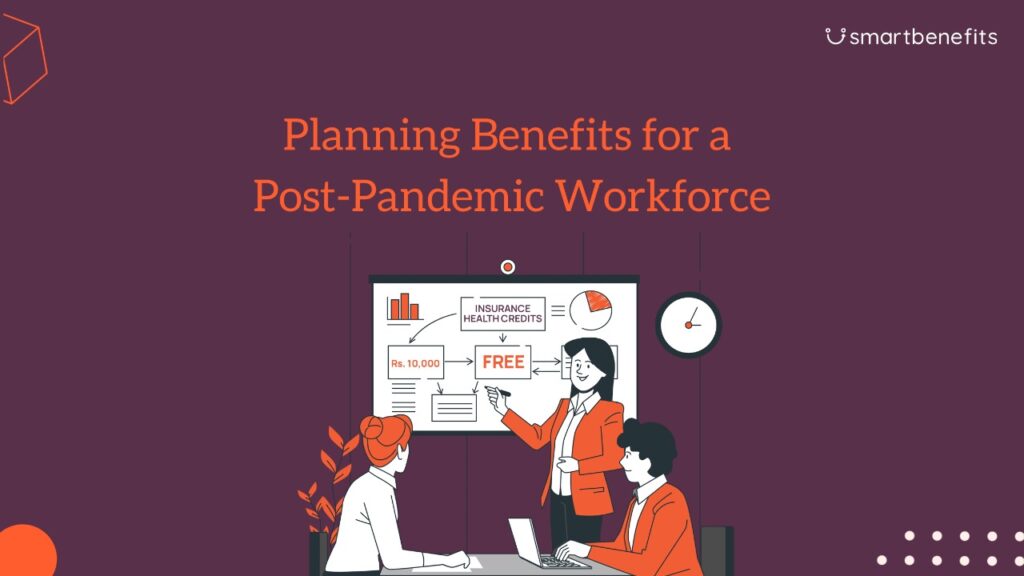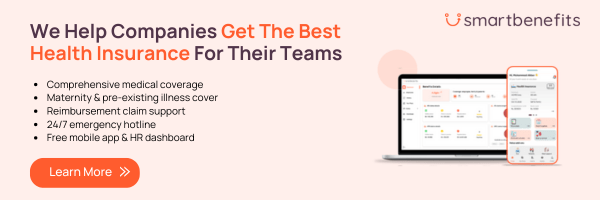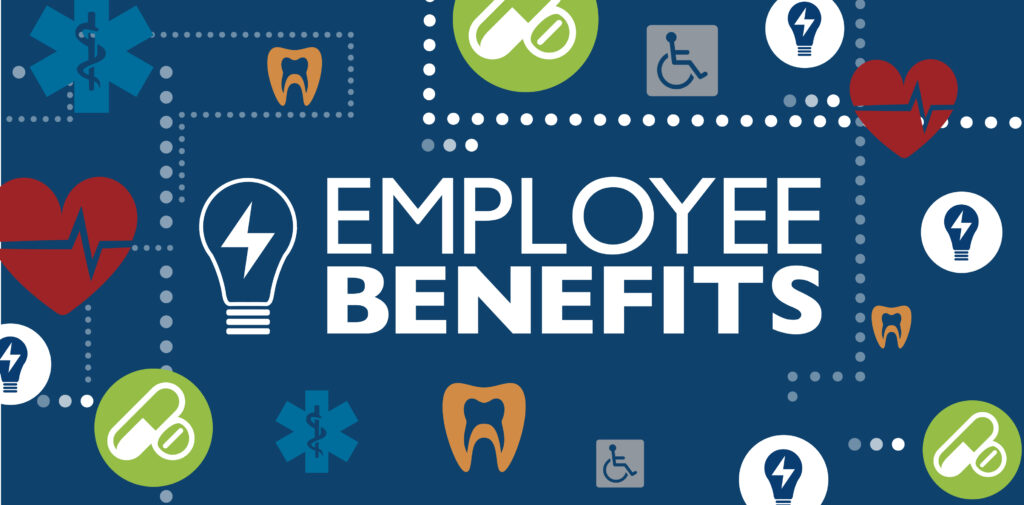People everywhere describe 2020 as the most difficult year of their lives. Working professionals cite it as the most challenging time of their careers. The majority of those that were lucky enough to be working were juggling their roles as employees, parents, children, and responsible citizens. Workplaces that recognize this and have supported their employees during this challenging time have gained loyal employees for the long term.
The challenges posed by the COVID-19 pandemic has enhanced an already difficult time by the added stress of pay cuts, job loss, and business slowdowns. The financial burden paired with the added mental and physical strain from COVID-19 symptoms and the death of family members from the infection has affected many people around us.
Workplaces, where the challenges of the COVID-19 pandemic were not recognized and accommodated, are faring poorly in terms of employee retention and loyalty. As life goes back to the “new normal”, it’s becoming more and more clear that people in the market looking for new jobs are placing a much higher value on employee benefits that will address such challenges in the future.
The Prominent Role of Healthcare Benefits
Workplace benefits are usually not a part of any small business’s employee compensation plan, especially in Pakistan. The pandemic and the different healthcare challenges it raised have brought them into prominence. Many employees now consider their workplace benefits as a key component of their employment contract, instead of an additional perk of their job.
People are more conscious about health-related issues for themselves as well as their families. Many employees claim that they will switch to another job if it offers them better benefits with the same or similar pay. This is a wakeup call for small business owners to remodel their benefits to retain and motivate their employees.
Health Benefits for the Hybrid Workforce
The increasing focus of remote jobs and the gig economy means that multiple employees are working as remote and hybrid staff. Such staff will benefit from virtual health offerings, like fitness classes, mindfulness exercises, and webinars on healthy living.
Employers can also consider offering optional virtual (or real) gym memberships and access to medical services to increase employee engagement and boost productivity.
Provide More Mental Health Support
As life post-Covid adapts to the changes around us, burnout, anxiety, and depression are becoming workplace concerns. The pandemic has accelerated their prevalence and heightened these concerns due to job losses, COVID-19 related deaths, and the isolation it created for many.
As people go back to their office space, the need for employers to provide additional benefits as a means of mental and emotional support for their staff is becoming more prominent. The question is: what needs to be done?
Adapt Benefits to meet new Expectations
Before the pandemic, a high-end recreation room, gaming areas, coffee and breakfast rooms were seen as job benefits and could influence workers looking for new jobs. However, these benefits are now less important compared to the crucial benefit of healthcare support provided by the workplace.
Employers need to redesign their budgets and workplace benefits to offer health and financial packages that will meet the requirements of their workforce and improve employee well-being and productivity. These measures would improve employee loyalty and productivity as well.
Having the support of employer-sponsored health care is a safety net that is particularly important in Pakistan where there is nominal healthcare support for most of the population.
Conclusion
The safety net that an adequate healthcare plan offers pays off in the long run for employers as they can retain a motivated and happy workforce that will be less inclined to move to better-paying options.

Sadia Zaheer holds a Masters in Business Administration from IBA, Karachi. After working in several financial institutions in Client Management, Corporate Lending, Islamic Banking and Product Management she jumped careers to pursue a career in writing.
She is a Finance, Business and HR Development writer with four years of experience. She reads a lot and takes care of her multiple cats to remain calm.




